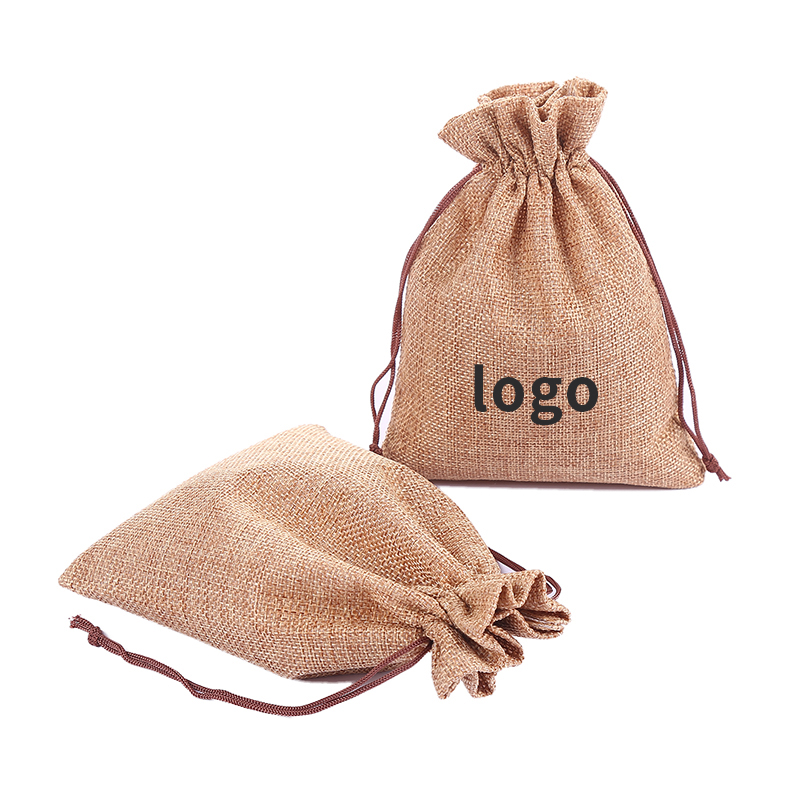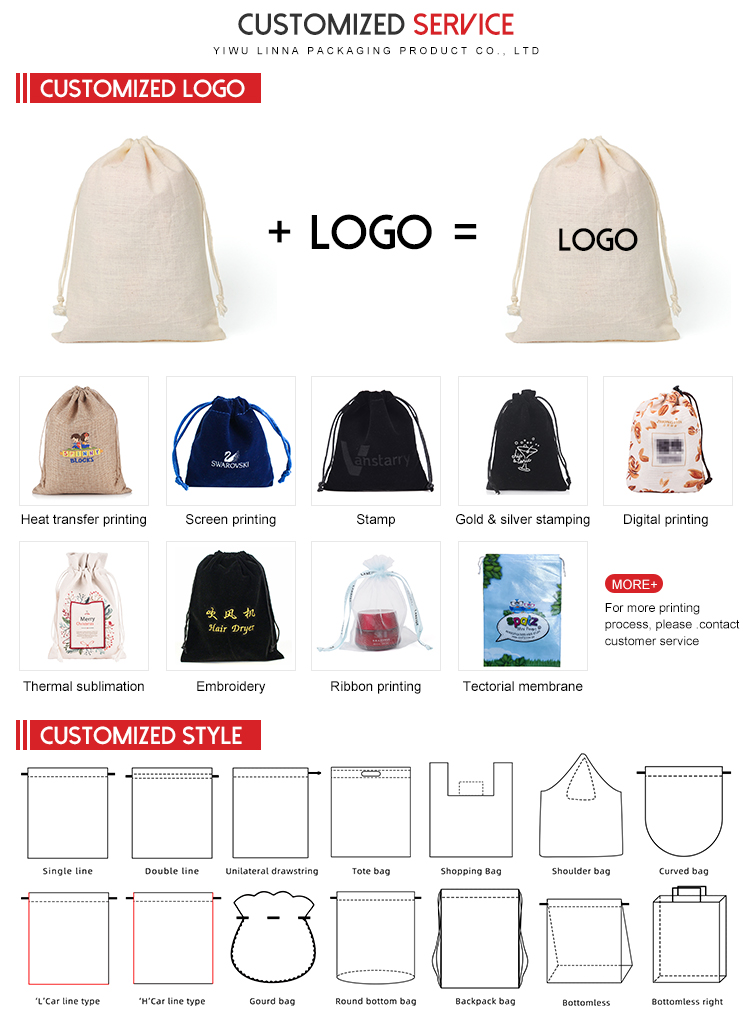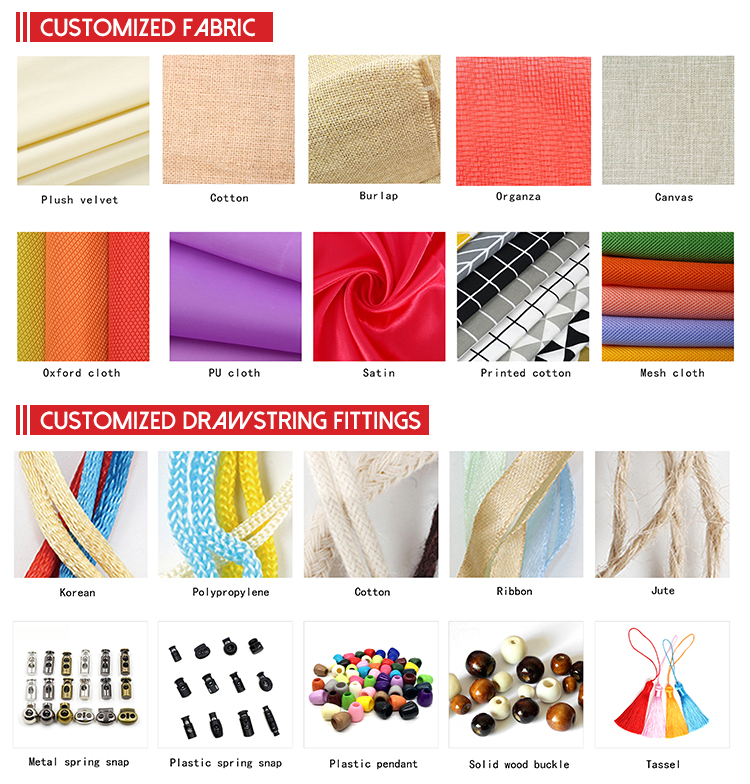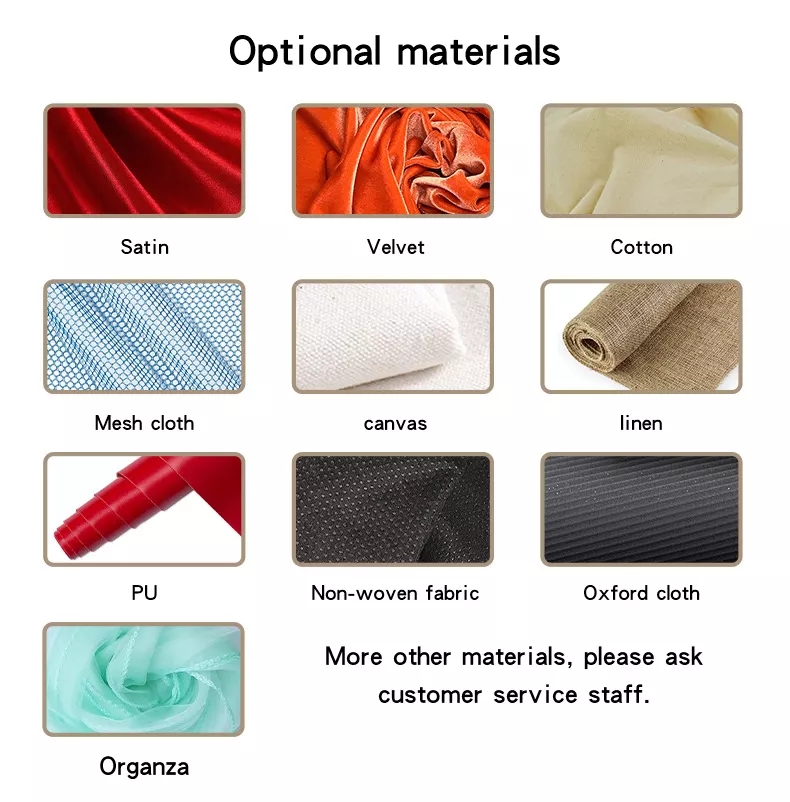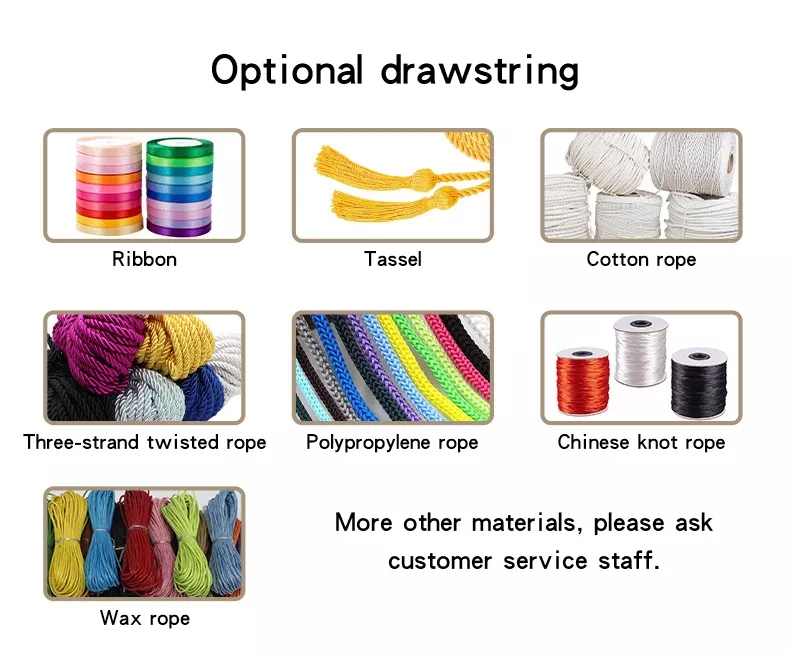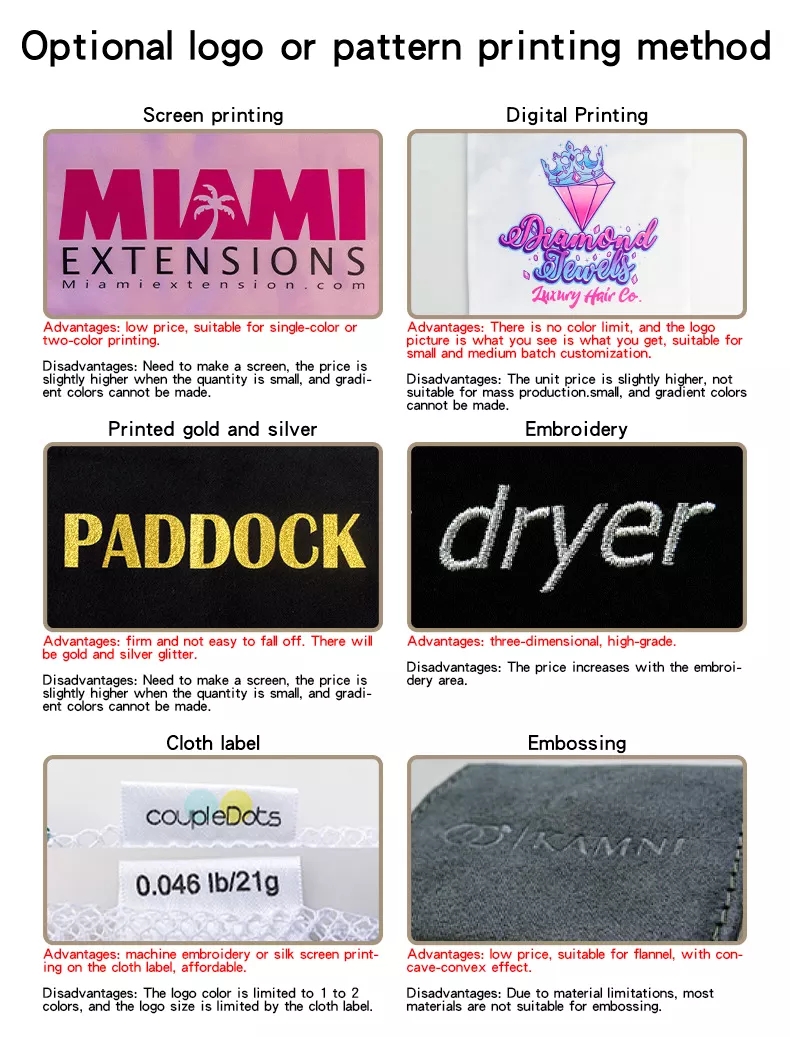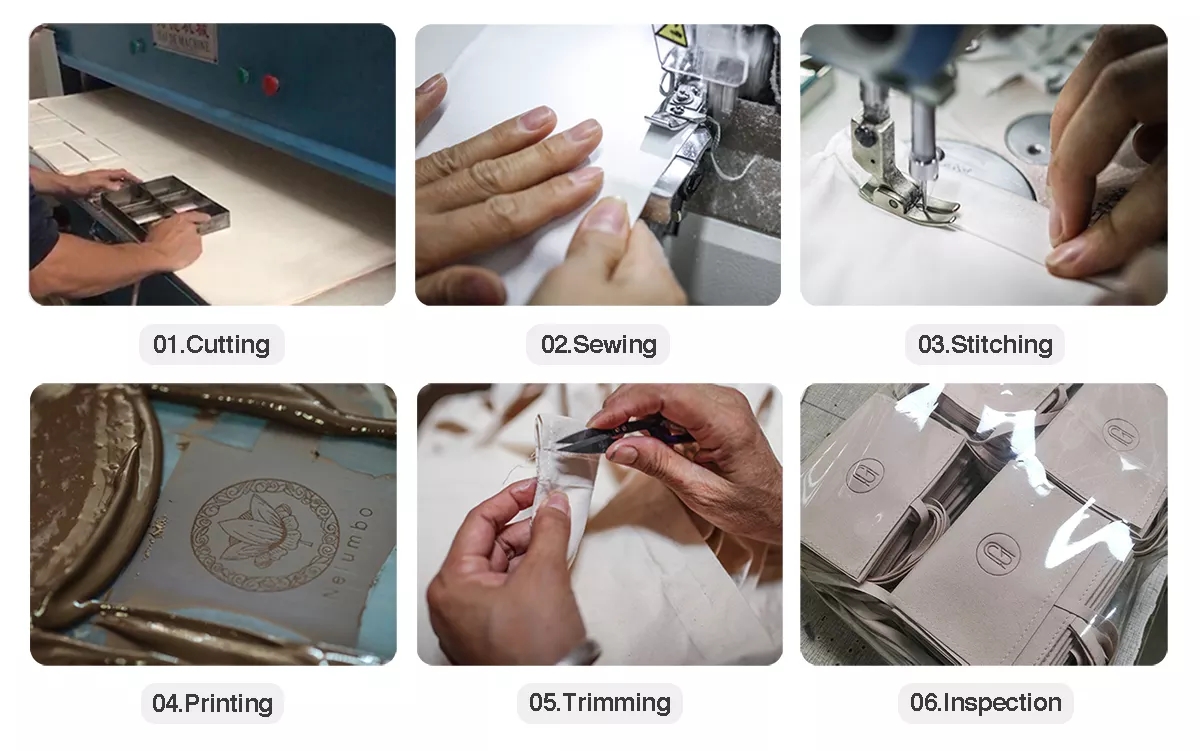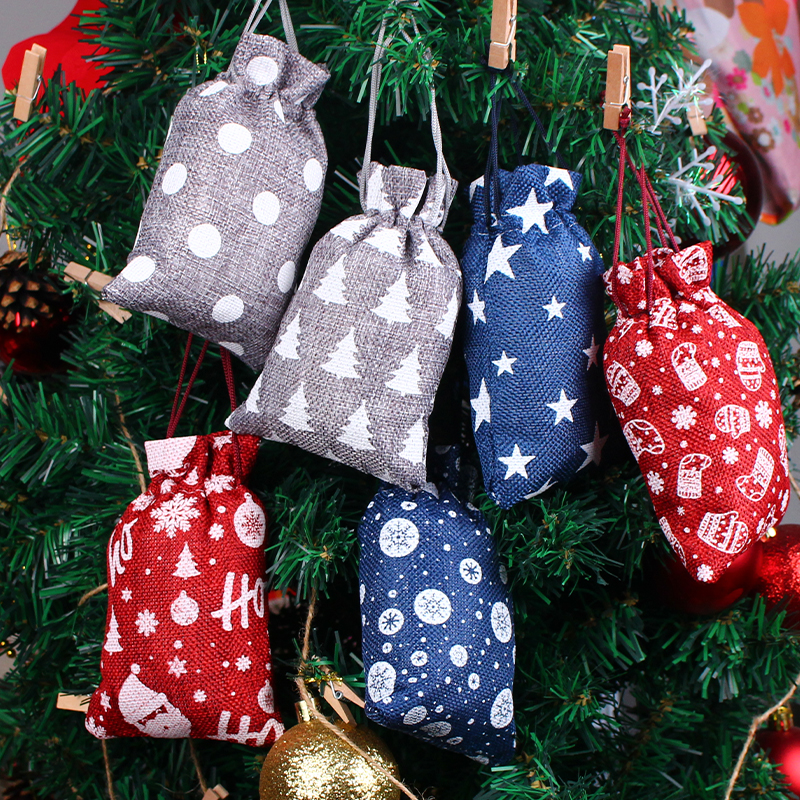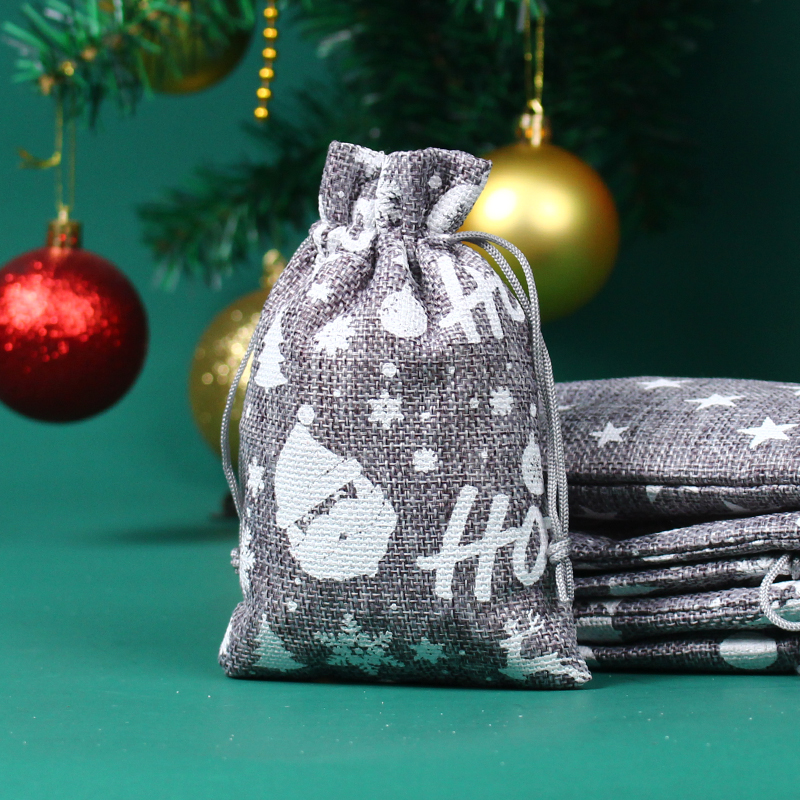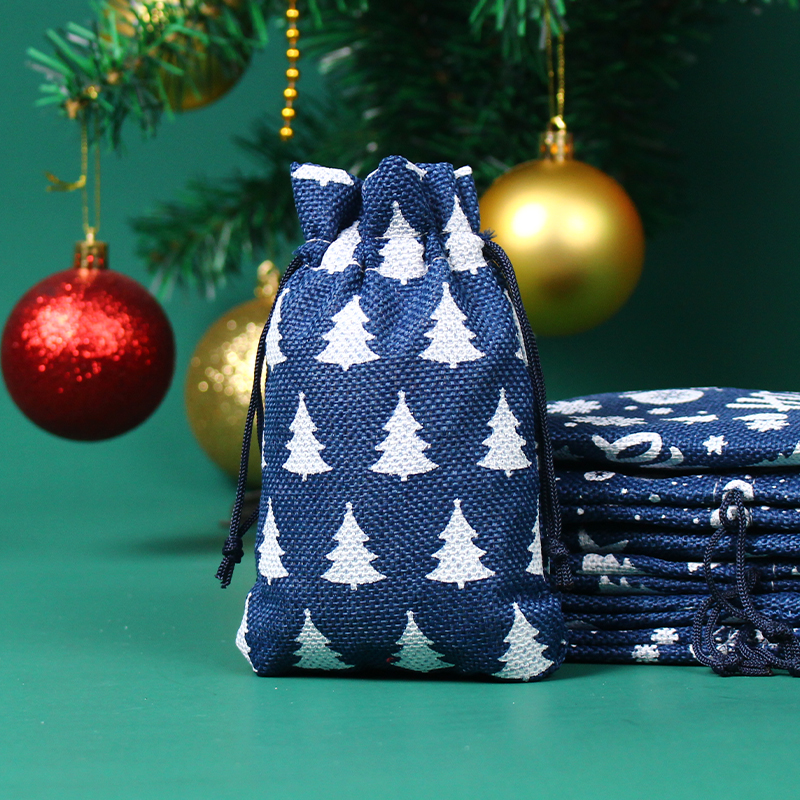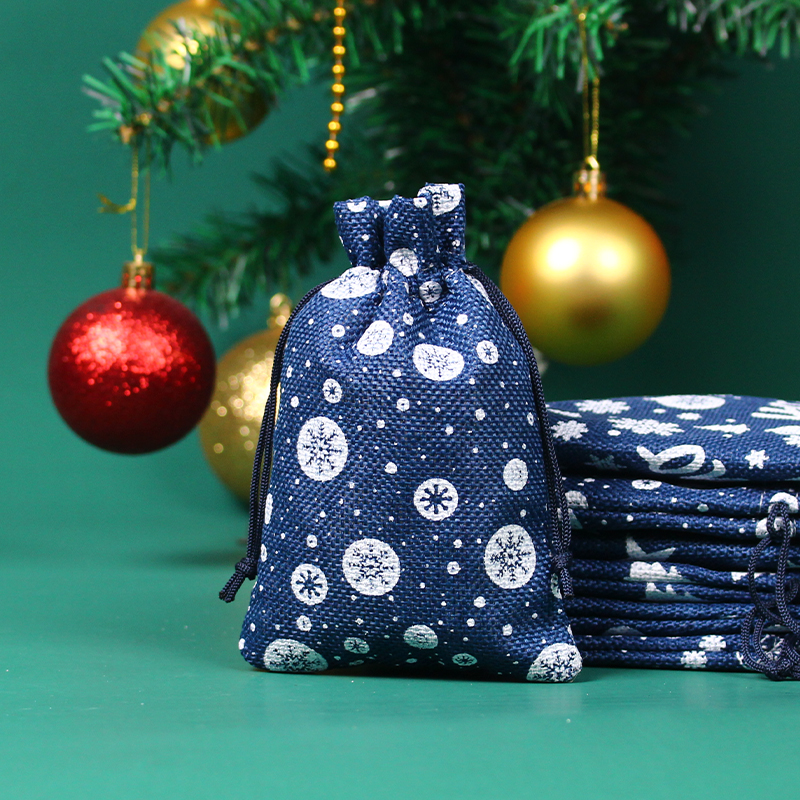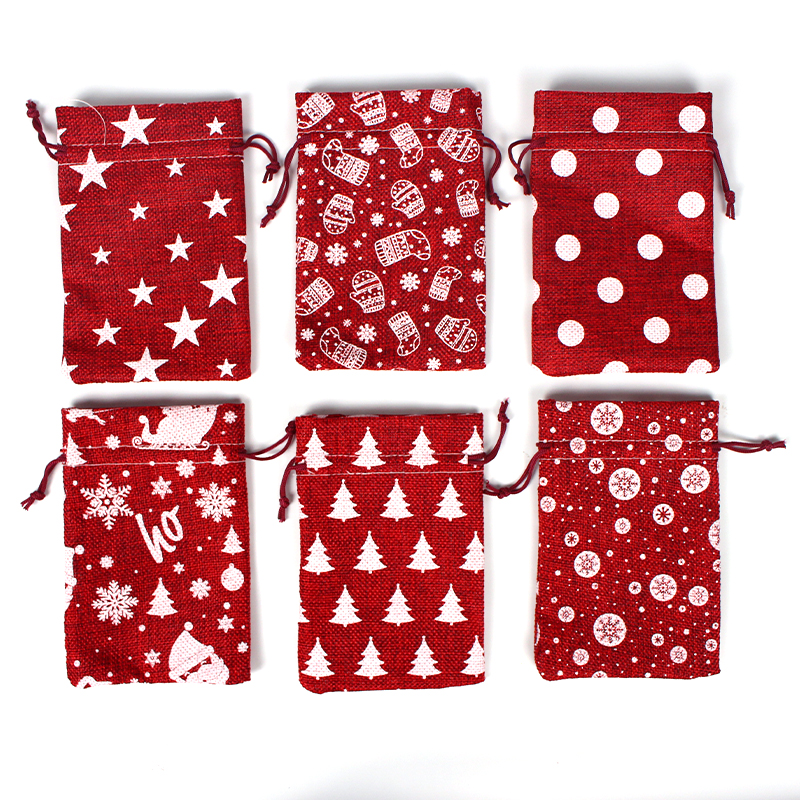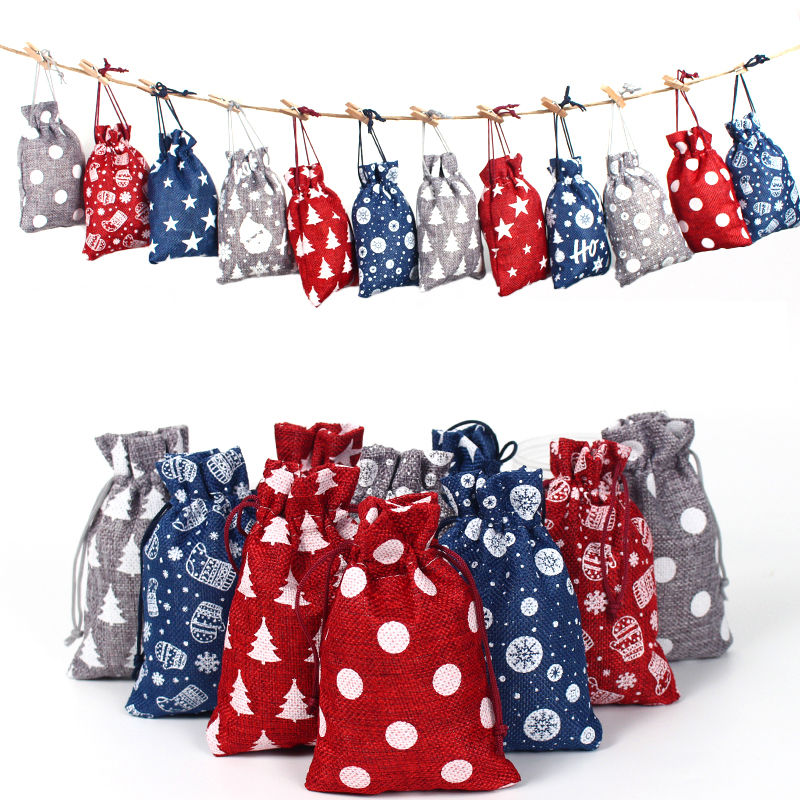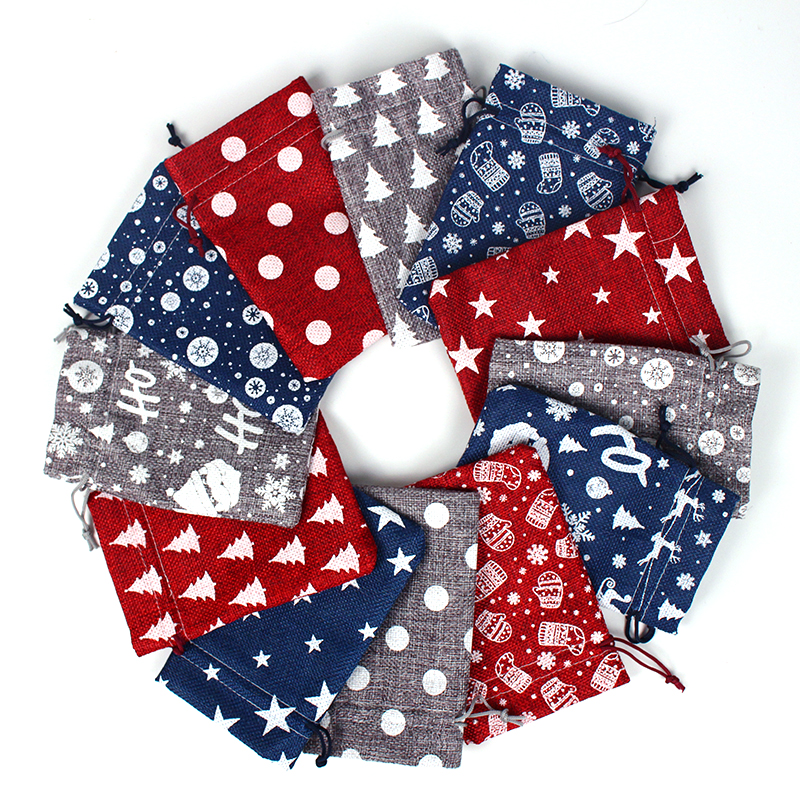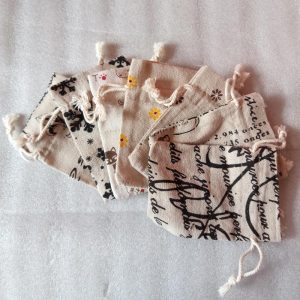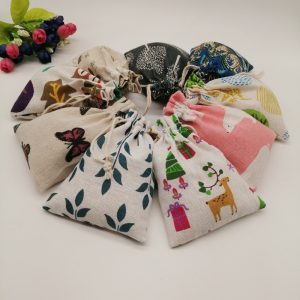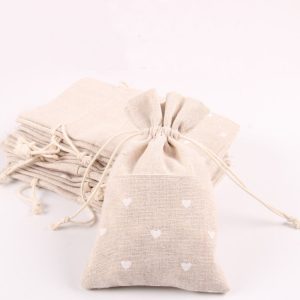Features of jute sacks include:
- Natural Fiber: Jute sacks are made from the fibers of the jute plant, which is a natural and renewable resource. This makes them an environmentally friendly choice compared to synthetic materials.
- Biodegradability: Jute sacks are biodegradable, meaning they can break down naturally over time without causing harm to the environment. This is in contrast to many synthetic materials that take much longer to decompose.
- Strength and Durability: Jute fibers are quite strong and have good tensile strength. This makes jute sacks suitable for holding and transporting heavy items such as grains, vegetables, and other agricultural products.
- Breathability: Jute fibers have a natural ability to allow air circulation, which can be advantageous for products that need ventilation, like food items. This feature helps prevent spoilage and rot.
It’s important to note that while jute sacks offer several advantages, they also have limitations. For instance, they may not be suitable for products that require airtight or waterproof packaging due to jute’s natural porosity. Additionally, prolonged exposure to sunlight and moisture can cause jute fibers to degrade over time.
Jute sacks offer several advantages, including:
- Renewable Resource: Jute is a fast-growing crop that requires relatively little water and few pesticides compared to other plants. This makes it a sustainable and renewable resource.
- Absorbency: Jute fibers can absorb moisture, which can be beneficial for products that need to remain dry. However, this feature should be carefully managed to avoid excessive moisture weakening the fibers.
- Customizability: Jute sacks can be easily customized through printing, dyeing, and labeling, allowing for branding and clear identification of contents.
- Cost-Effectiveness: Jute is generally more affordable compared to some synthetic packaging materials, making jute sacks a cost-effective choice for packaging solutions.
- Eco-Friendly Image: Choosing jute sacks for packaging demonstrates a commitment to environmentally friendly practices, which can positively impact a company’s reputation and appeal to eco-conscious consumers.
It’s important to assess the specific needs of your application before choosing jute sacks, as their porous nature and susceptibility to moisture might not be suitable for all types of products. However, their numerous advantages make them a popular and environmentally responsible choice for various packaging and storage needs.
Customizable aspects of jute sacks include:
- Printing and Embroidery: Jute sacks can be printed with logos, product information, and designs using techniques like screen printing, digital printing, or even embroidery for a more intricate look.
- Dyeing: Jute fibers can be dyed in various colors to match branding or product aesthetics. This allows for a visually appealing and consistent presentation.
- Labels and Tags: Jute sacks can accommodate labels, hang tags, or patches that provide important information about the contents, company details, and usage instructions.
- Graphics and Artwork: Intricate graphics, patterns, and artwork can be applied to jute sacks to enhance their visual appeal and create a unique packaging solution.
- Slogans and Messages: Jute sacks can be customized with slogans, messages, or quotes that convey a brand’s values or a specific marketing message.
- Handles and Straps: If the jute sack design includes handles or straps, these can be customized in terms of color, length, and style to enhance usability and aesthetics.
Customizing jute sacks can add value to your packaging solutions by creating a distinct and memorable presentation that aligns with your brand identity and communicates essential information to consumers. However, it’s important to consider the limitations of jute’s natural characteristics, such as its porous nature and potential for color variation, when planning your customization strategy.
There are several packaging solutions available for jute sacks, including:
- Inner Liners: Adding inner liners made of materials like plastic or fabric can provide an extra layer of protection against moisture, ensuring that the contents remain dry and unaffected.
- Laminated Jute Sacks: Laminated jute sacks are coated with a layer of protective material that enhances water resistance, making them suitable for products that need a certain level of moisture protection.
- Printing and Labeling: Custom printing, labels, and tags can be added to jute sacks for branding, product information, and clear identification.
- Multiple Compartments: For products that need to be separated within the same sack, jute sacks with multiple compartments or dividers can be used.
- Custom Shapes and Sizes: Depending on the product’s dimensions, custom-shaped and sized jute sacks can be designed to maximize space utilization and minimize excess material.
- Branding and Customization: Incorporating branding elements like logos, colors, and designs can create a unique and recognizable packaging solution.
- Eco-Friendly Labels: Labels and tags that emphasize the eco-friendly nature of jute packaging can appeal to environmentally conscious consumers.
These packaging solutions can be tailored to suit specific products, industries, and consumer preferences, while taking advantage of the natural attributes of jute sacks. It’s essential to assess the requirements of your products and consider the best packaging solution to ensure the safety, freshness, and presentation of the contents.
